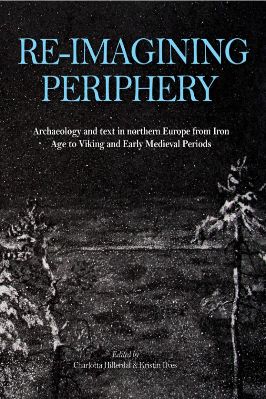
| Re imagining Periphery. Archaeology and Text in Northern Europe from Iron Age to Viking and Early Medieval Periods | |
| Europe Asia | |
| PDF Book | |
| 201 | |
| 29.41 Mb(s) | |
|
|
| October 7, 2023 | |
| English | |
| Read PDF Book Online | |
| Click to Download the PDF |
Re imagining Periphery. Archaeology and Text in Northern Europe from Iron Age to Viking and Early Medieval Periods
Re-imagining Periphery: Archaeology and Text in Northern Europe from Iron Age to Viking and Early Medieval Periods is a comprehensive and insightful exploration of the periphery of Northern Europe during the Iron Age, Viking, and Early Medieval periods. This book is written by Charlotta Hillerdal and Kristin Ilves, both highly respected scholars in the field of archaeology.
The book begins by examining the concept of periphery and how it has been historically defined in archaeological literature. The authors argue that the traditional definition of periphery needs to be re-imagined in light of new archaeological evidence and a more nuanced understanding of the social and cultural dynamics of the period.
The authors then proceed to analyze the archaeological evidence from the periphery of Northern Europe, including areas such as the Baltic region, Finland, and Scandinavia. They examine the material culture of these regions, including artifacts, burial practices, and settlement patterns. They also explore the written sources from the period, including sagas, chronicles, and other historical texts.
The authors use a multidisciplinary approach, incorporating not only archaeology and history but also anthropology, linguistics, and other related fields. They argue that the periphery was not a static or isolated region but rather a dynamic and interconnected part of Northern Europe. They demonstrate how the periphery was shaped by both internal and external factors, including trade, migration, and cultural exchange.
One of the key themes of the book is the role of identity in shaping the periphery. The authors argue that the periphery was not a homogenous region but rather a mosaic of different cultural and linguistic groups. They explore how these groups interacted with each other and how they negotiated their identities in a changing social and political landscape.
Re-imagining Periphery is a groundbreaking work that challenges traditional notions of the periphery and offers a new perspective on the social and cultural dynamics of Northern Europe during the Iron Age, Viking, and Early Medieval periods. It is a must-read for anyone interested in the archaeology and history of Northern Europe..
Digital screenshot from the PDF Book
To learn more about the book titled: Re imagining Periphery. Archaeology and Text in Northern Europe from Iron Age to Viking and Early Medieval Periods, Click the download button below to get it for free
